From afar, a magnificent and beautiful building stands firmly like a palace. The morning sunlight adds to its charm, complemented by the sparkle of water from the surrounding lake and ponds.
As you get closer, the building reveals its elegance and beauty even more clearly. Yes, that’s it, Al-Jabbar Mosque in Bandung, West Java.
The mosque stands on a 26-hectare land. It serves not only as a place of worship but also as an educational facility and a religious tourism center in West Java.
Located on Jalan Cimencrang, Cimenerang, Gedebage, Bandung, the mosque is always crowded with visitors from various regions, both from West Java and other provinces.
Also Read: The Forty-Four-Days of Glory: Azerbaijan’s Struggle for Justice and Peace
Taufik (30), a visitor from Purbalingga, Central Java, expressed his amazement at the mosque.
Taufik, along with his group of fellow worshippers, visited several tourist attractions in West Java. However, he only felt immense admiration, mixed with emotion and pride, when visiting the mosque.
The architecture of Al-Jabbar Grand Mosque is a blend of contemporary modern architecture with accents of Turkish mosque design, adorned with Sundanese decorative art.
The main structure of the mosque does not separate walls, roofs, and domes, but rather merges them into a giant hemispherical shape.
Also Read: Palestine Solidarity Month: A Collective Movement for Al-Aqsa and Palestine’s Freedom
The three sides of the mosque building are surrounded by a large lake which, like a mirror, reflects the mosque in a complete circular shape. At night, the flickering lights add to the beauty of the mosque.
In addition to its beauty, the lake serves another important function as a reservoir, protecting the area from floods.
Seen from the front, the mosque is adorned with 27 copper reliefs depicting batik motifs that represent the cultural richness of cities and regencies in West Java, expressing the artistic wealth of the province’s communities.
Another uniqueness of Al-Jabbar Mosque is its museum showcasing the history of Prophet Muhammad Shallallahu alaihi Wasallam, the history of Islam’s development in the homeland, and the history of Islam in West Java.
Also Read: Hassan al-Turabi: A Controversial Thinker from Sudan
Al-Jabbar Mosque was directly designed by Ridwan Kamil, who was then the Mayor of Bandung. Starting from his father’s testament, he designed the mosque while considering local wisdom and incorporating various inputs from stakeholders.
Furthermore, the background of building Al-Jabbar Mosque also had several reasons, among them: West Java was a province that at the time did not have a Grand Mosque at the provincial government level.
West Java is a province with the largest Muslim population in Indonesia. Thus, it certainly needed a large mosque as a center of worship, an icon, and a source of pride for its residents. (T/RE1/P2)
Mi’raj News Agency (MINA)
Also Read: Who Exactly is the RSF Group Shaking Sudan?





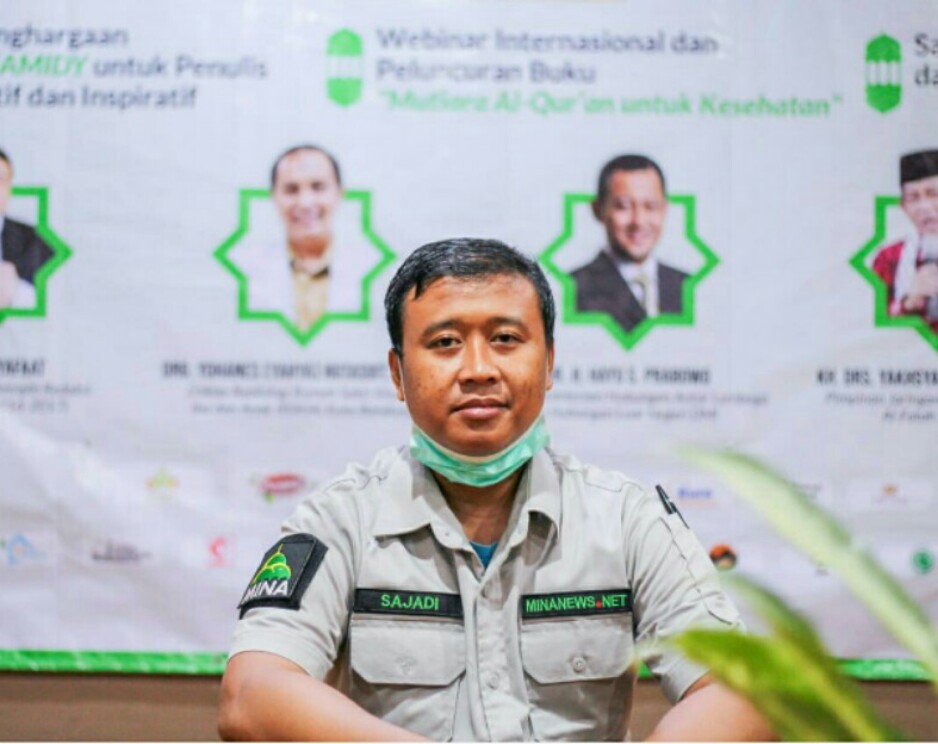
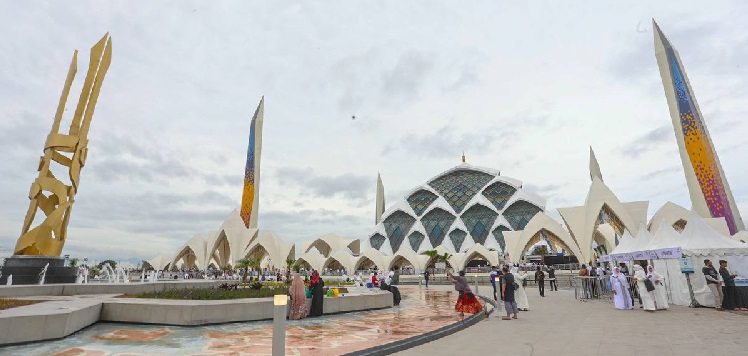

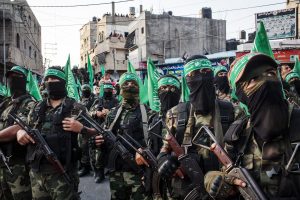


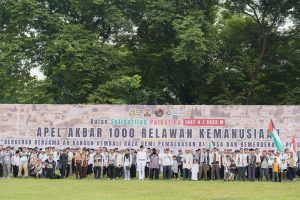
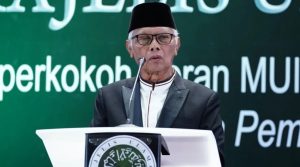
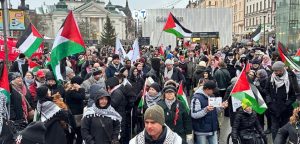
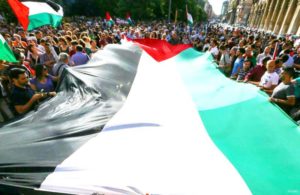
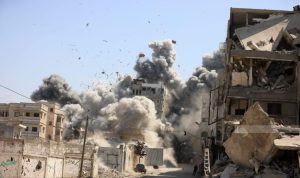
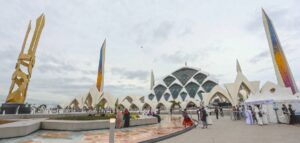











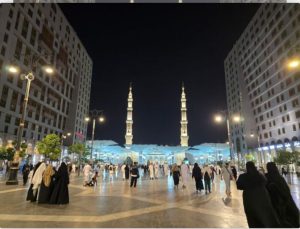
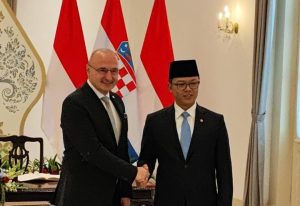



 Mina Indonesia
Mina Indonesia Mina Arabic
Mina Arabic